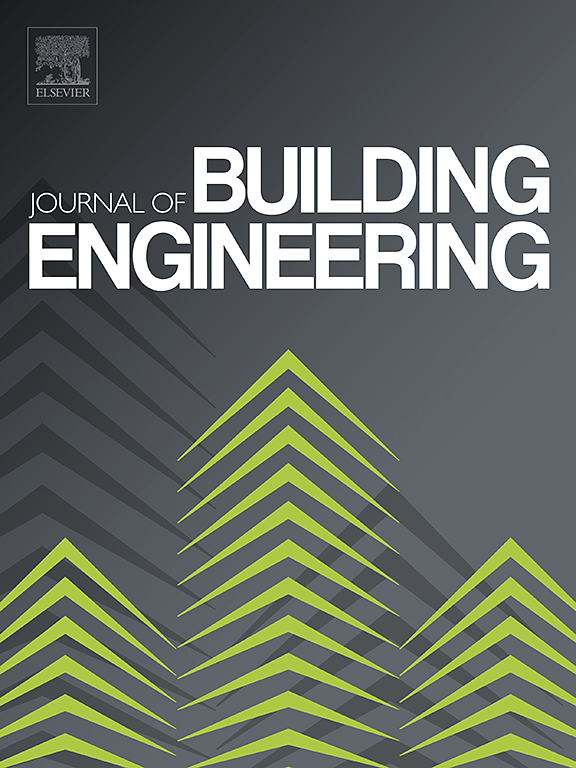Microstructural changes in blast-furnace cements with different replacement ratios under repeated drying and wetting cycles
IF 6.7
2区 工程技术
Q1 CONSTRUCTION & BUILDING TECHNOLOGY
引用次数: 0
Abstract
Temperature and humidity changes affect the durability of buildings. Experiments can be conducted to simulate the changes in the temperature and humidity conditions in real environments through repeated dry and wet cycles, revealing the microstructural changes in hardened cement. Calcium-silicate-hydrate (C–S–H) is a hydration product with the greatest influence on the physical properties of concrete, resulting in changes in the pore structure of hardened ordinary cement with repeated dry and wet cycles. However, blended cements with blast furnace slag produce less microstructural changes under dry and wet cycles than ordinary cement. In this study, blast-furnace cements with different replacement ratios were employed to investigate the causes of fine pore structure changes in blast-furnace cements under repeated dry and wet cycles. The hydration products were quantified using solid-state nuclear magnetic resonance (NMR) spectroscopy, and the pore size distribution was confirmed by mercury injection porosimetry. The 27Al MAS NMR results showed an increase in the Al/Si content after repeated dry and wet cycles, and from the Al content of Al[Ⅳ], it is inferred that AlO4 bonds to C–S–H and C–A–S–H is formed, which maintains the width of the C–S–H interlayer and reduces pore structure changes in the size range of 30–2000 nm than ordinary cement. In the future, blast furnace cement with different substitution rates may exhibit a better practical freezing resistance owing to reduction of microstructural changes with repeated drying and wetting of the cement.
不同置换率高炉水泥在反复干湿循环下的微观结构变化
温度和湿度的变化会影响建筑物的耐久性。通过反复的干湿循环,模拟真实环境中温湿度条件的变化,揭示水泥硬化后的微观结构变化。水合硅酸钙(C-S-H)是对混凝土物理性能影响最大的水化产物,通过反复干湿循环使硬化后的普通水泥的孔隙结构发生变化。与普通水泥相比,掺矿渣水泥在干湿循环下的微观结构变化较小。本研究采用不同置换率的高炉水泥,研究干湿循环反复作用下,高炉水泥细孔结构变化的原因。采用固体核磁共振(NMR)对水化产物进行了定量分析,并采用压汞孔隙法确定了水化产物的孔径分布。27Al MAS NMR结果显示,经过反复干湿循环后Al/Si含量增加,并且从Al的Al含量[Ⅳ]推断,与普通水泥相比,形成了与C-S-H和C-A-S-H之间的AlO4键,保持了C-S-H间层的宽度,减少了30-2000 nm尺寸范围内孔隙结构的变化。在未来,不同取代率的高炉水泥可能会表现出更好的实际抗冻性,因为水泥在反复干燥和润湿过程中减少了微观结构的变化。
本文章由计算机程序翻译,如有差异,请以英文原文为准。
求助全文
约1分钟内获得全文
求助全文
来源期刊

Journal of building engineering
Engineering-Civil and Structural Engineering
CiteScore
10.00
自引率
12.50%
发文量
1901
审稿时长
35 days
期刊介绍:
The Journal of Building Engineering is an interdisciplinary journal that covers all aspects of science and technology concerned with the whole life cycle of the built environment; from the design phase through to construction, operation, performance, maintenance and its deterioration.
 求助内容:
求助内容: 应助结果提醒方式:
应助结果提醒方式:


